If you own a cast iron skillet, then you know how important it is to keep it clean and well-seasoned. Without proper care, your pan can easily become rusty and unusable.
With this comprehensive guide, you will learn everything you need to know about how to clean and season your cast-iron pan so that it lasts for years to come. Whether you use it for cooking breakfast, lunch, or dinner, this guide will show you the best way to keep your cast-iron cookware in top condition. So let’s get started on how to clean that pan!
And after it’s clean, use it to make Cast Iron Mac n Cheese, Jamaican Jerk Chicken or Cajun Crab Beignets!
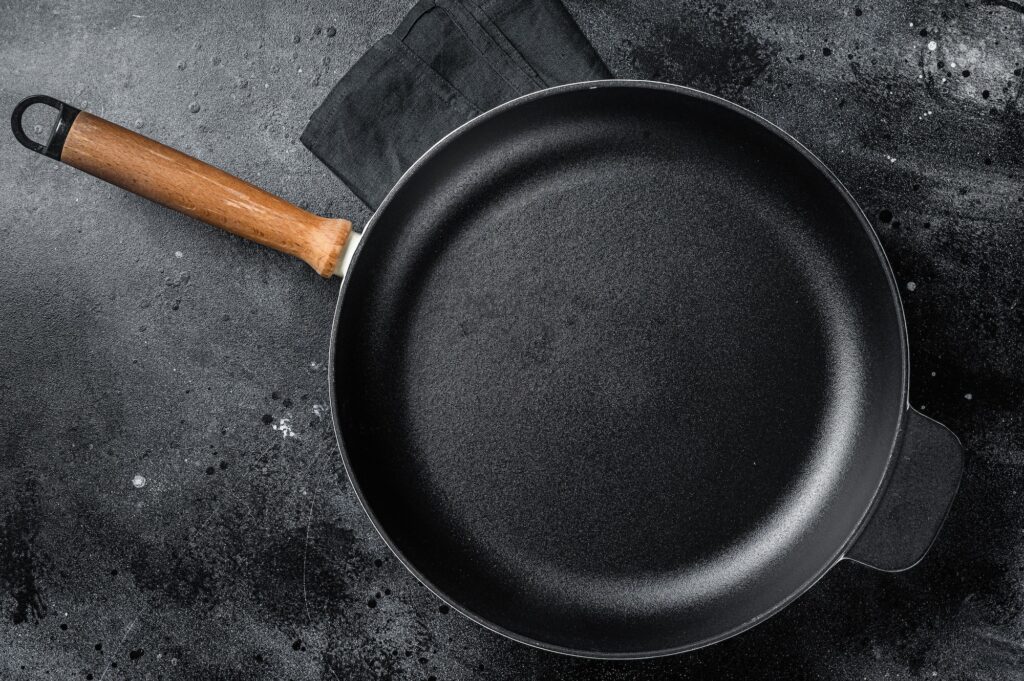
Table of Contents
What Is A Cast Iron Skillet?
A cast iron skillet is a long-lasting type of cookware made by pouring molten iron into a mold and letting it cool. People have been using them for centuries because they’re tough and can handle high heat, plus they’re made to last for generations.
Benefits Of Having A Cast Iron Pan
- Cast-iron pans are versatile cookware that offers more than just durability. They can be used on any cooking surface, including stovetops, open flames, and ovens.
- They have exceptional heat retention capabilities, making them ideal for searing proteins like steak or fish, as well as slow-cooking vegetables or rice dishes with even heat distribution throughout the pan.
- They’re easy to clean as long as you follow the proper steps!
How to Clean a Cast Iron Skillet
- To clean your pan, first rinse it with hot water to remove any leftover food.
- Use a non-abrasive sponge to wipe all surfaces clean.
- If there are stubborn pieces of food that won’t come off, mix kosher salt with a wet sponge to create a mild abrasive. This can help clean and remove small bits of rust or other scraps that are stuck on.
- For tougher spots, boil some water in the pan before attempting to clean it again.
- Rinse the pan thoroughly under warm water and dry it completely. See below for how to properly dry a cast-iron pan.
- After your pan is clean and dry, add some cooking oil to the pan to prevent rust from forming in the future.
How to Dry a Cast Iron Pan After Cleaning
- Using a clean paper towel or soft cloth, pat down the inside and outside of the pan to remove as much excess moisture as possible. Make sure to get into all the nooks and crannies.
- Place the pan back on your stove top over medium heat. This helps any remaining moisture to evaporate.
- Once you feel like the cast iron skillet is fully dried out, give it one final wipe down with oil.
- Your pan is now ready to use again!
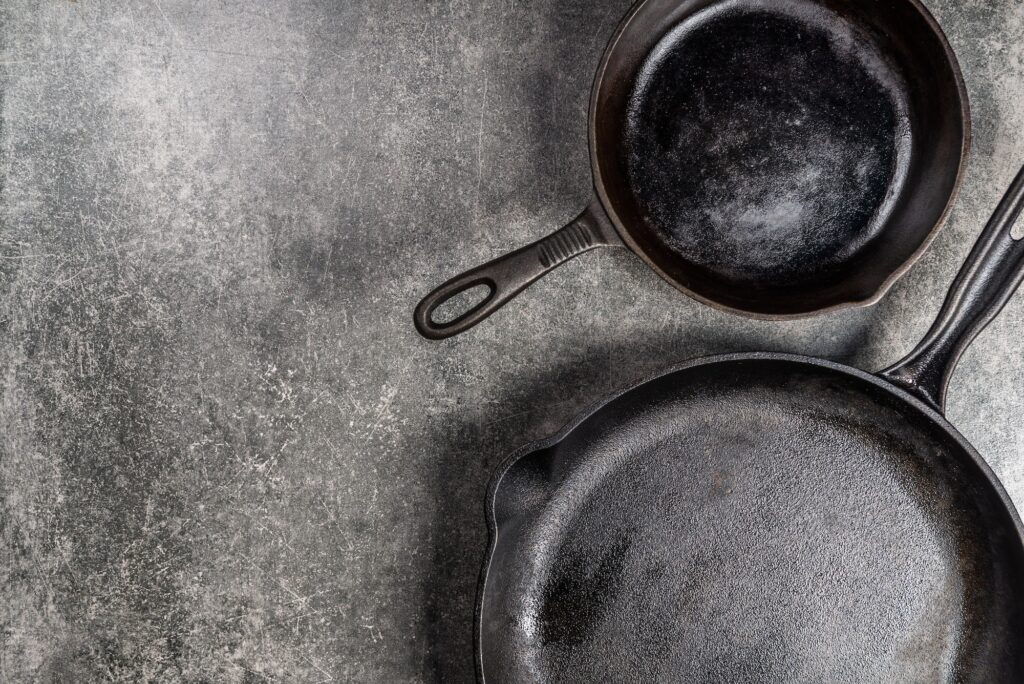
How to Season a Cast Iron Skillet
- Clean the cast iron with warm soapy water and dry it completely. Note: This is the only time you will soap in your pan.
- Add a thin layer of oil, such as flaxseed oil, vegetable oil, or shortening, around the inside of the pan.
- Preheat your oven to 350 degrees Fahrenheit.
- Place the clean skillet in the oven for an hour or two.
- Turn off the oven and let the pan cool down inside.
- Remember to maintain your seasoned cast iron skillet by occasionally wiping it down with oil to keep the non-stick surface intact.
How to Remove Rust From a Cast Iron Pan
Removing rust from a cast-iron skillet is an important step to keeping the pan in good condition and ensuring it will last for many years. There are several different methods that can be used to effectively remove rust from your pan, but one of the most popular and effective ways is using natural ingredients like salt, lemon juice, and baking soda.
First, ensure your pan is dry. Moisture can make the situation worse. Before doing any of the steps, make sure the pan is dry.
Sprinkle a generous layer of salt over the entire cast iron surface. Use regular table salt or Kosher if you have it on hand. Squeeze some fresh lemon juice all around over the salt-covered pan.
Make sure everything looks moistened. Allow the mixture to sit on the pan for five minutes. Afterwards, use something abrasive, such as steel wool, to scrub away until the raw metal is exposed. Rinse with warm water afterward and repeat until there’s no more rust visible on your pan.
If there are still traces of rust after trying this method, try using baking soda instead in order to really get rid of stubborn deposits: Make a paste with three parts baking soda mixed with one part water; spread evenly onto rusty areas using an old toothbrush; finally rinse off once all tartar has been lifted from your skillet’s surface (for best results use hot soapy water). This should do the trick!
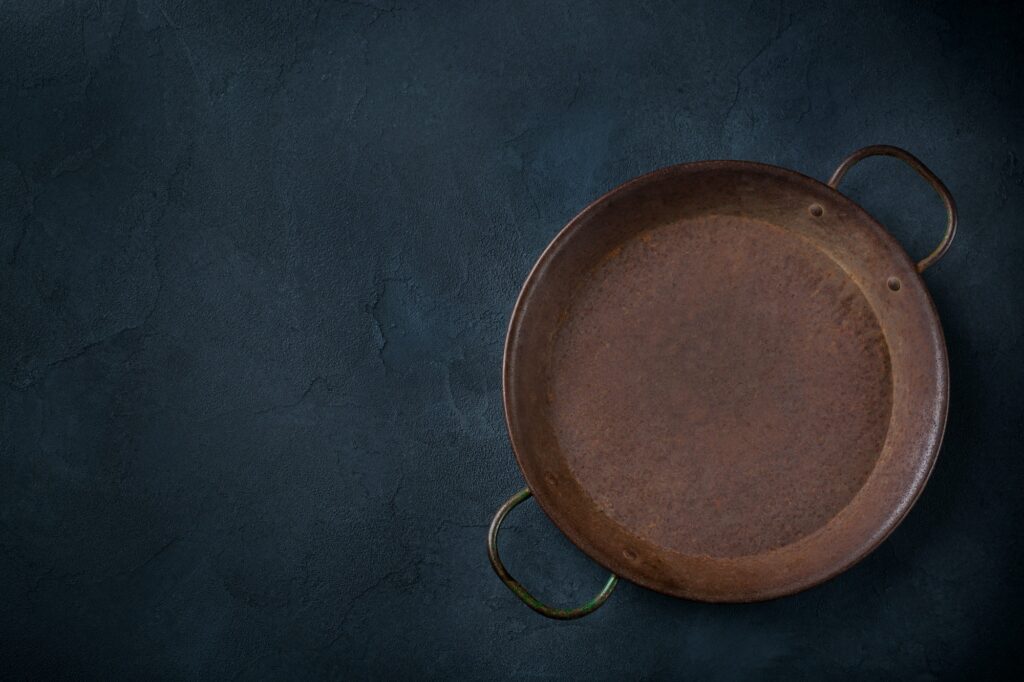
How to Store Cast Iron Pans
Storing your clean cast iron can be tricky because it is susceptible to rusting if not kept in the right environment. To begin with, you will want to make sure your cast-iron pan is completely dry before storing it away. After cleaning and drying off all of the excess water, apply a thin layer of cooking oil on the interior and exterior surfaces. This will help protect the skillet from moisture so that it won’t rust or corrode over time.
The next step is to find an ideal storage location for your cast iron pan. Cast-iron skillets need proper ventilation in order to remain free from condensation which causes rusting and corrosion; therefore, don’t store them inside cupboards or cabinets where air flow is limited or nonexistent.
Instead, opt for open shelves that have plenty of room around them for air circulation and avoid stacking other items on top as this puts unnecessary weight onto the pan itself which may cause cracks or deformations over time. Alternatively, using a hanging rack designed specifically for storing cookware in a garage, shed or even outside are also good options if you’re unable to find shelf space indoors.
Finally, ensure that wherever you do choose to store your pan has low humidity levels. Humidity often leads to faster oxidation of metal pans so keeping yours somewhere cool and relatively drier will help extend its life-span significantly!
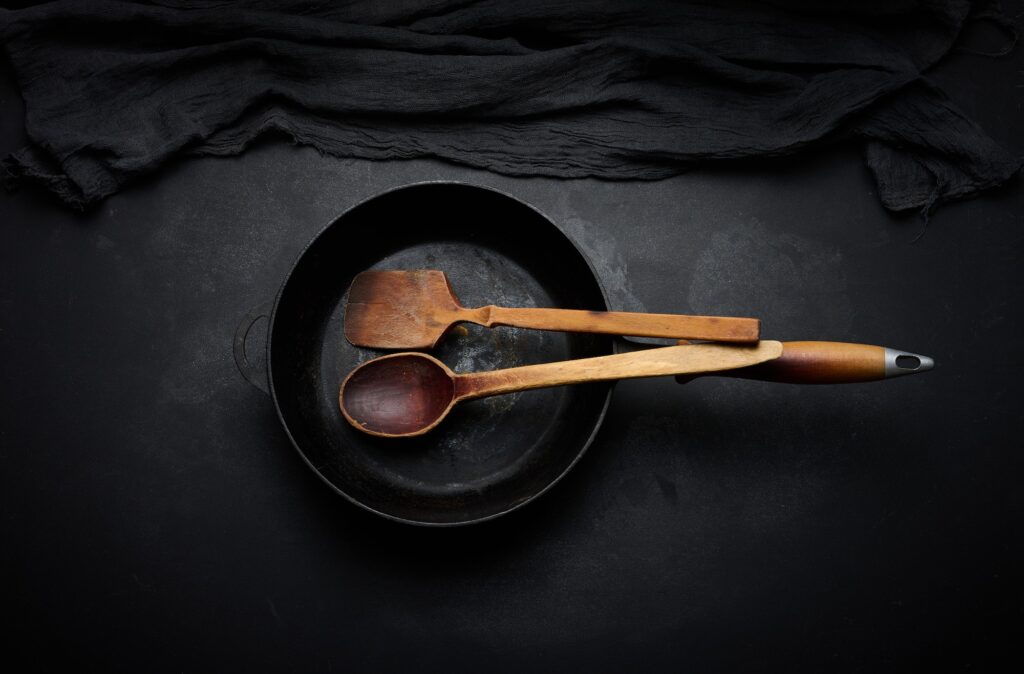
How often should I season my cast iron skillet?
Seasoning a cast iron pan is an important part of owning and caring for one. Seasoning your pan with oil helps create a natural nonstick surface, protects the metal from rust, adds flavor to your food, and maintains its non-toxic nature.
The frequency with which you need to season your skillet will depend on how often you use it. If you use your skillet often, then every 1-2 months is generally recommended. For occasional cooks who are only using their cast-iron maybe once or twice a month, you should probably re-season at least twice per year – once in the spring and again in the fall.
What should I never do to a cast iron skillet?
Using and caring for a cast iron skillet is an important part of cooking, so knowing what you should never do to your cast-iron pan is crucial.
Never use soap or detergent on your cast iron skillet.
Soap will likely strip away the seasoning that protects your pan from rusting and sticking to food. Instead, clean and scrape off stuck-on food residue using hot water and a soft yet stiff brush after each use.
Do not let your cast iron skillet sit in water.
Cast iron can begin to rust if exposed to moisture for too long or stored in an environment where there’s high humidity – even when seasoned properly!
Never leave oil/butter sitting in the pan after cooking with it
After cooking, wipe down excess oil residue before storing, as letting them sit could cause your pan to become gummy and sticky – not fun!
Properly maintaining and cleaning your cast-iron pan is essential in ensuring its longevity—and trust us when we say these iron pans last forever! With just these few simple steps outlined above—from cleaning with hot water and non-abrasive sponges all the way through seasoning with vegetable oil—you’ll be able to keep your trusty cast iron pan around for many more years of delicious meals! Happy cooking!




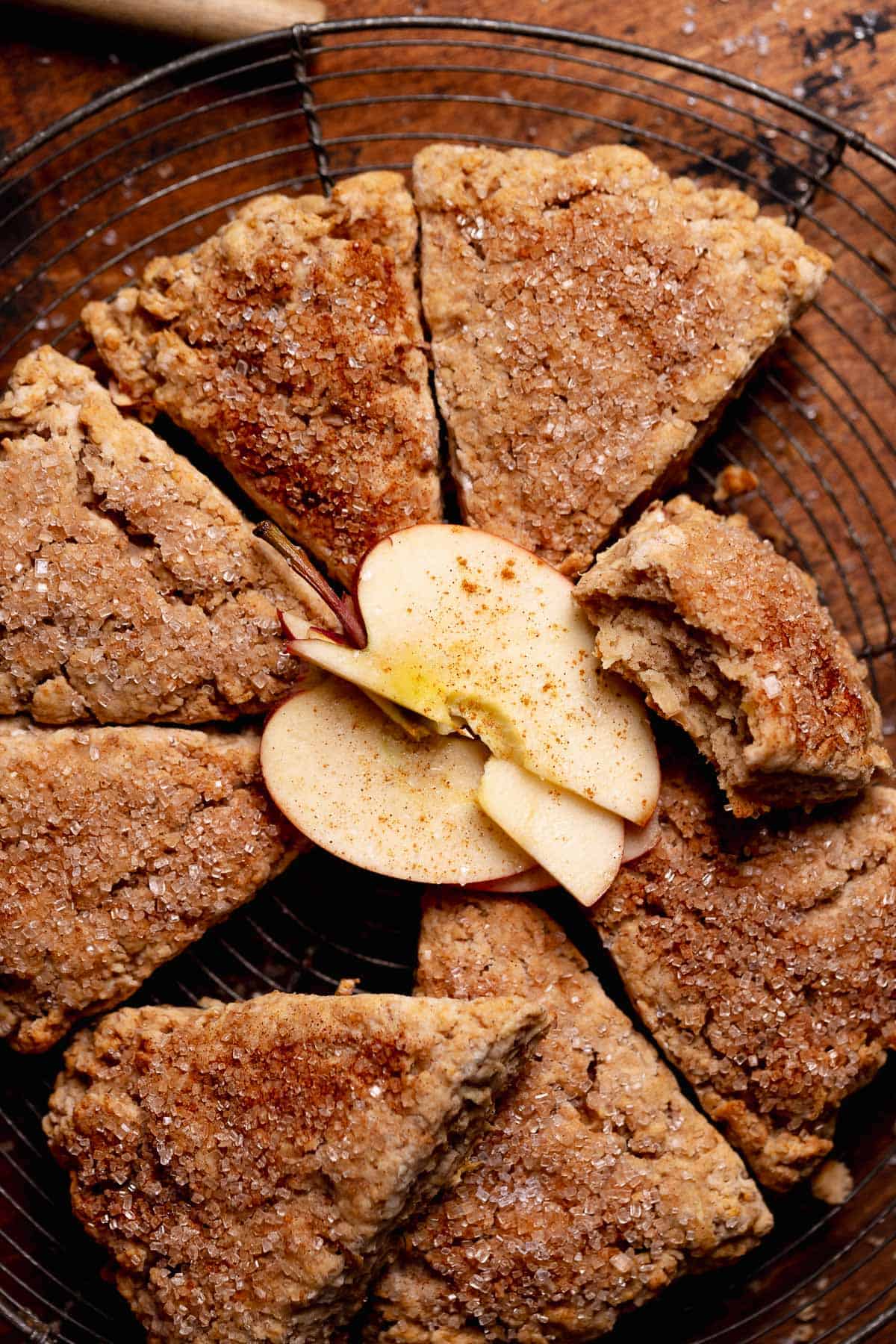
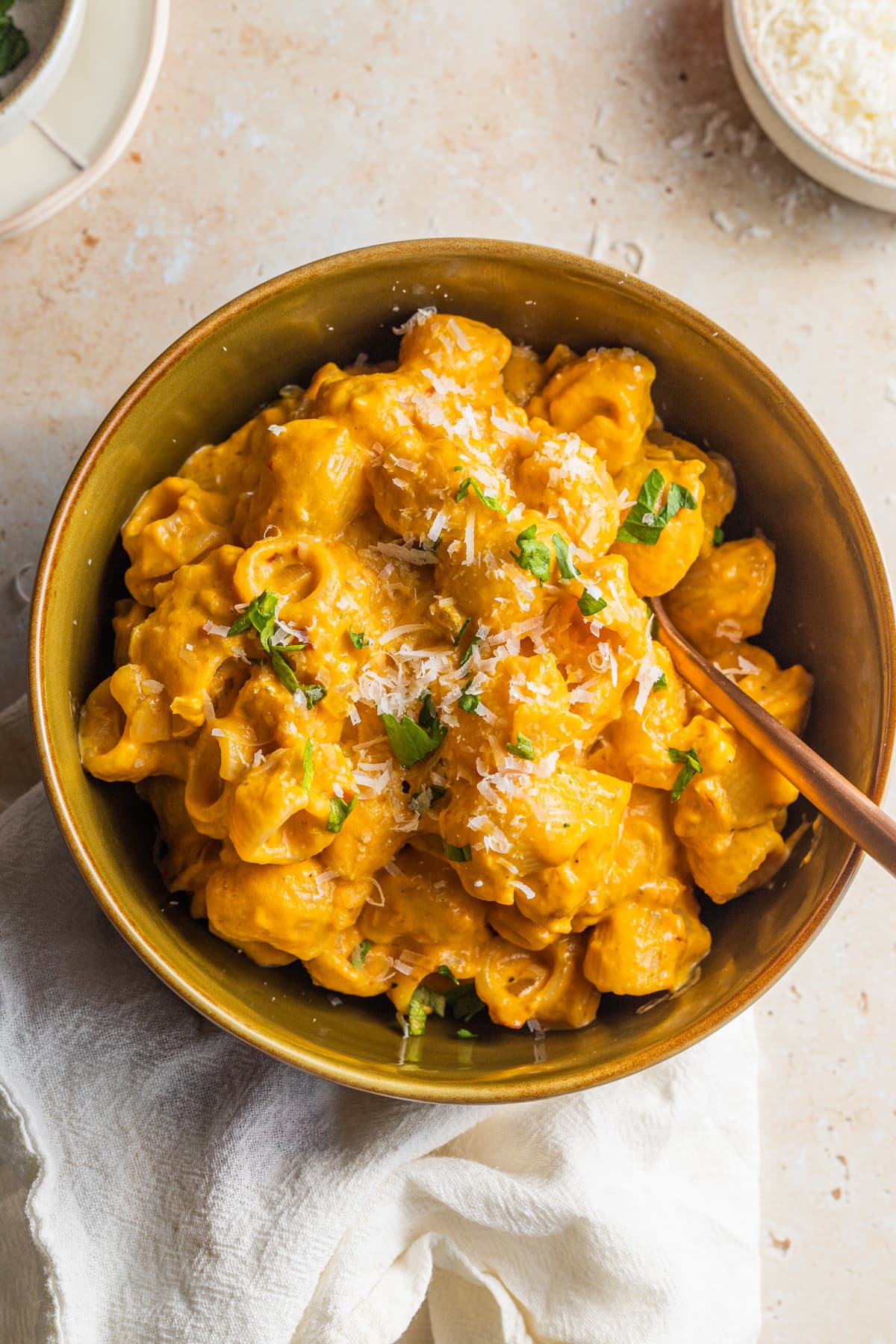
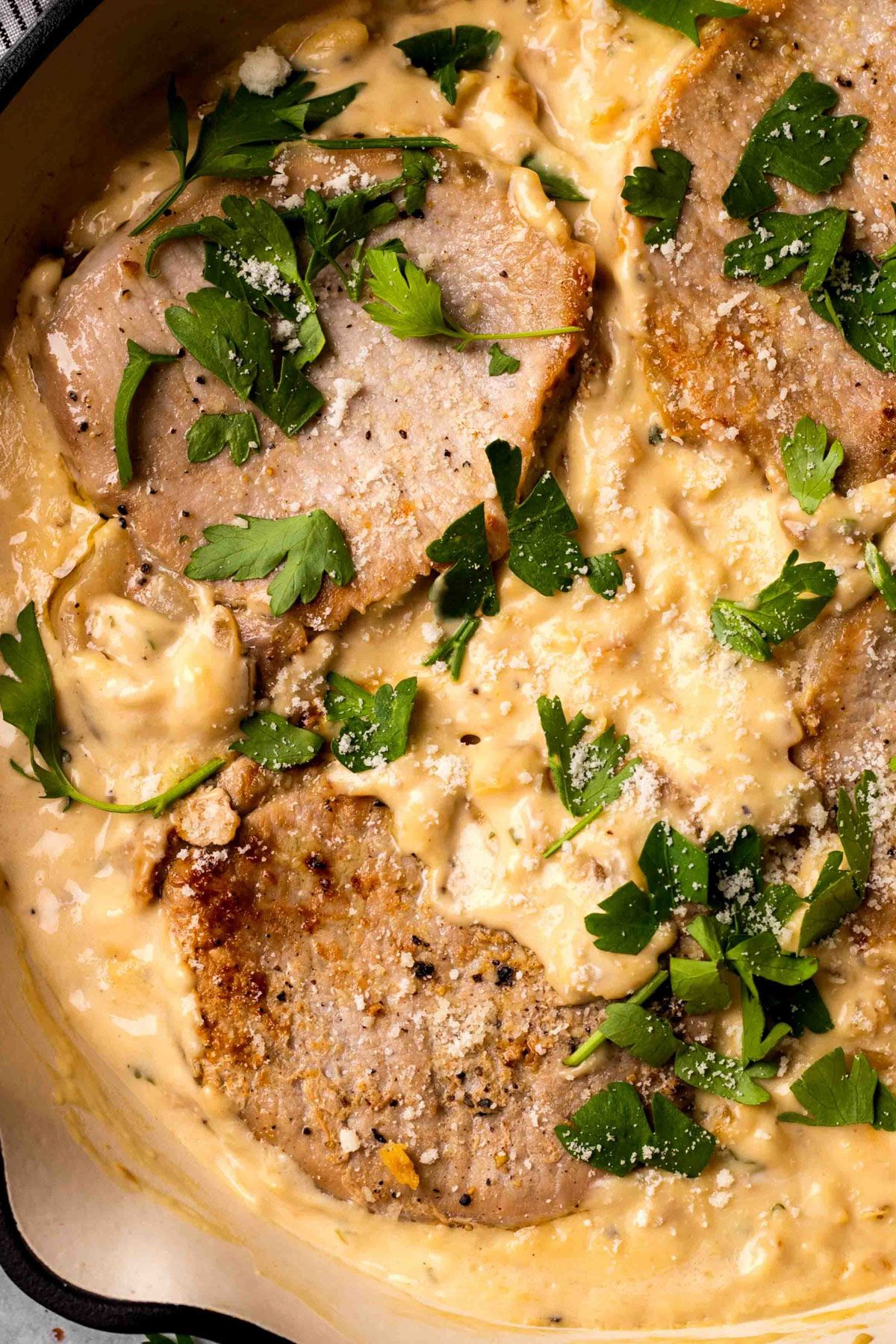
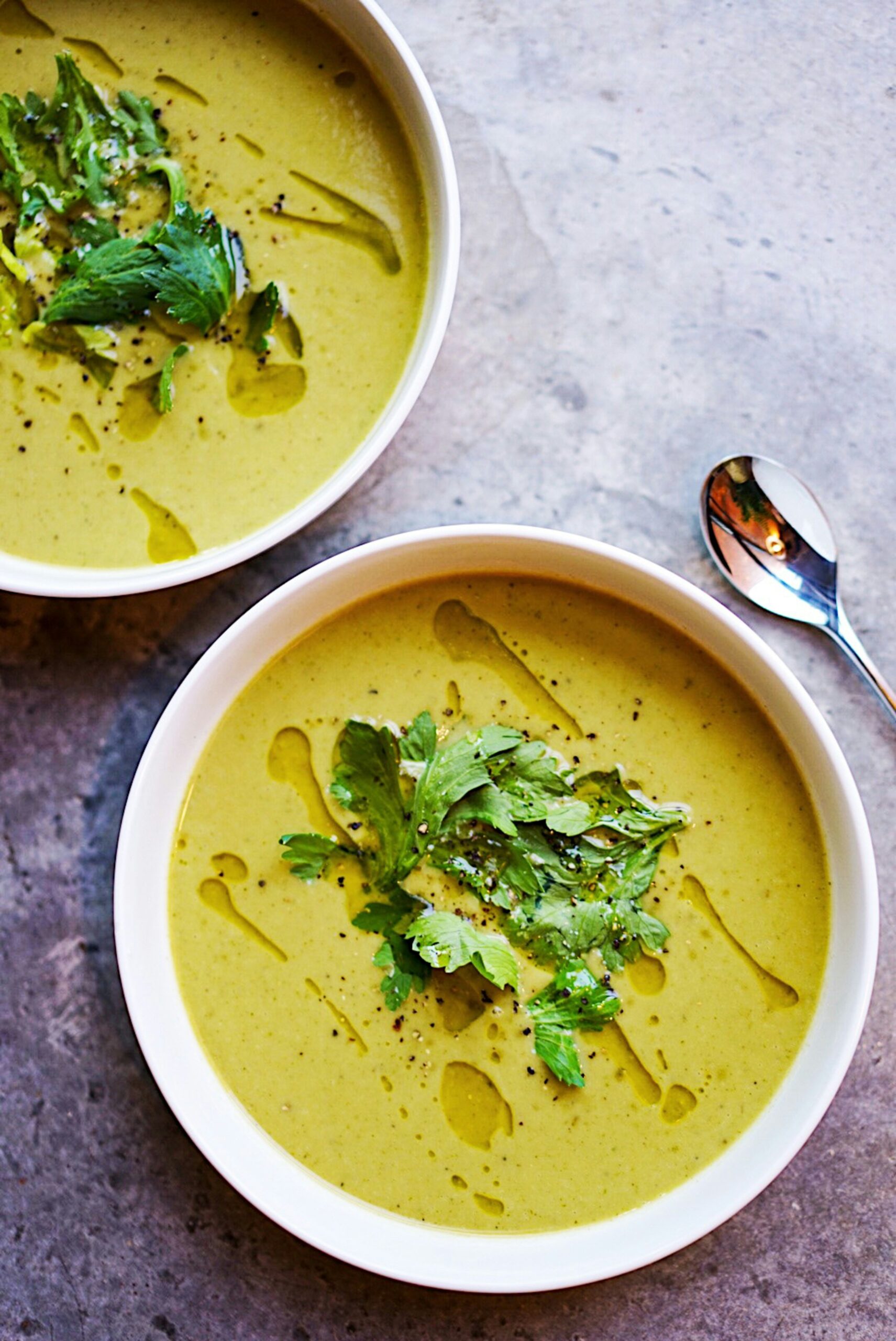

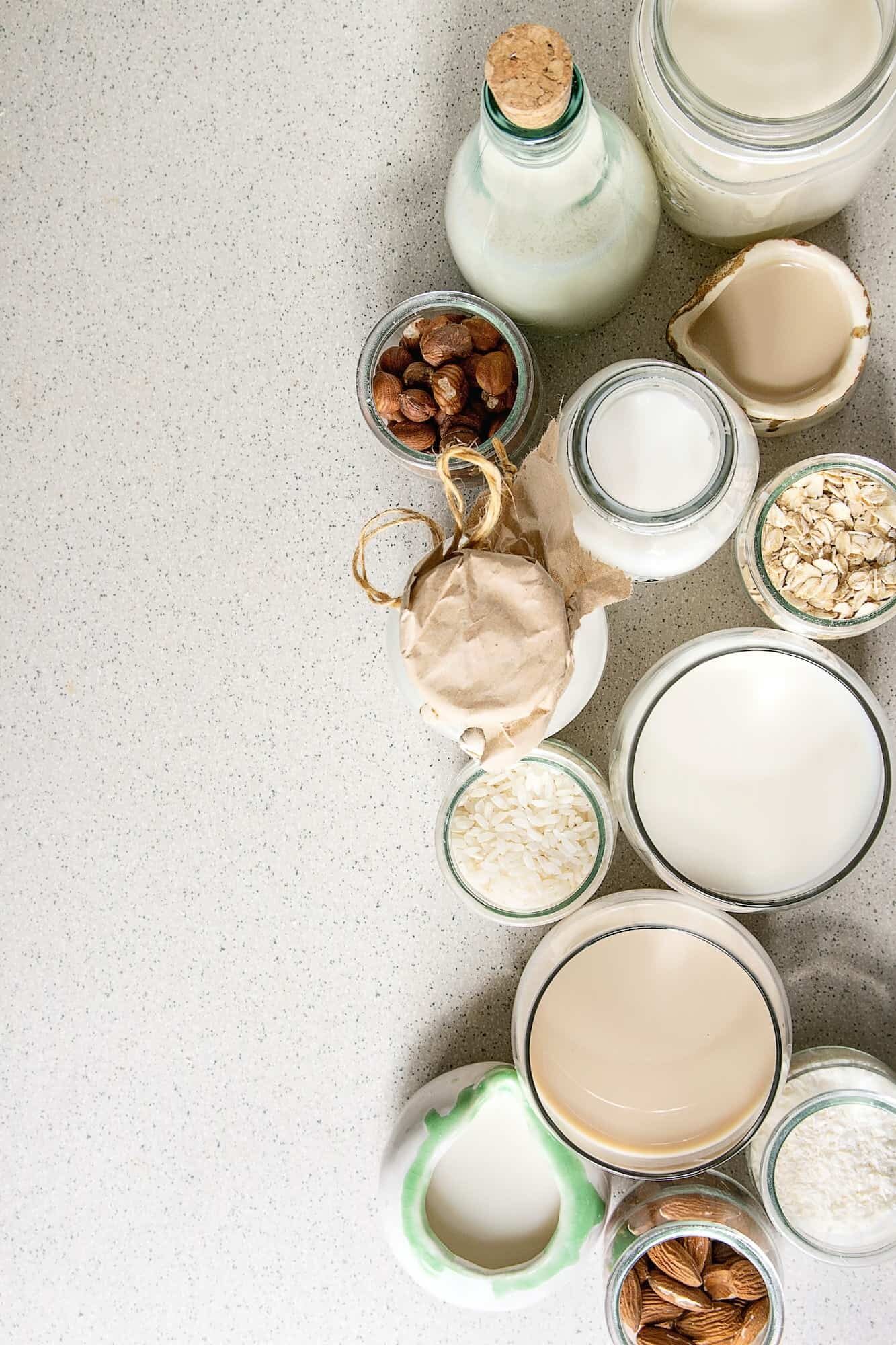
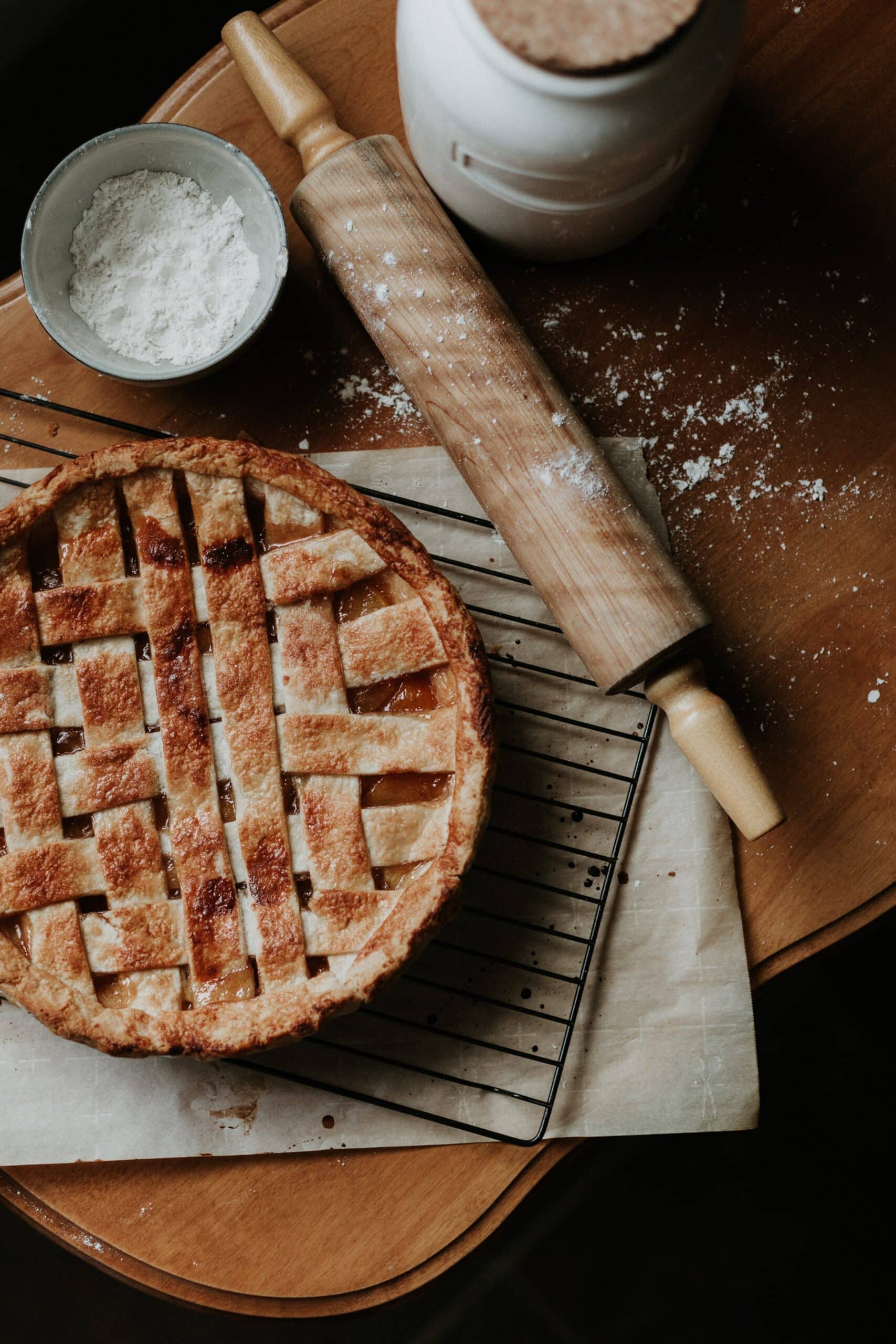

6 Responses
This is so helpful, I learned so much!
This is such a brilliant guide with a range of tips to help maintain cast iron skillets. My skillets never last long so these tips will be invaluable, thank you.
thanks for the detailed post. I just got a cast iron and struggling to clean it properly.
Great information here! I love cooking with cast iron. Thanks!
I got a cast iron skillet for Christmas, and this maintenance guide has been so helpful! Thanks so much for sharing!
A good cast iron skillet is an heirloom that can be passed for generations! Unfortunately I broke every rule you wrote about before I understood. (Thank goodness I was starting with my own new cast iron, not an old one with beautiful patina.) This is a great article, and I’m now encouraged to try mine again!